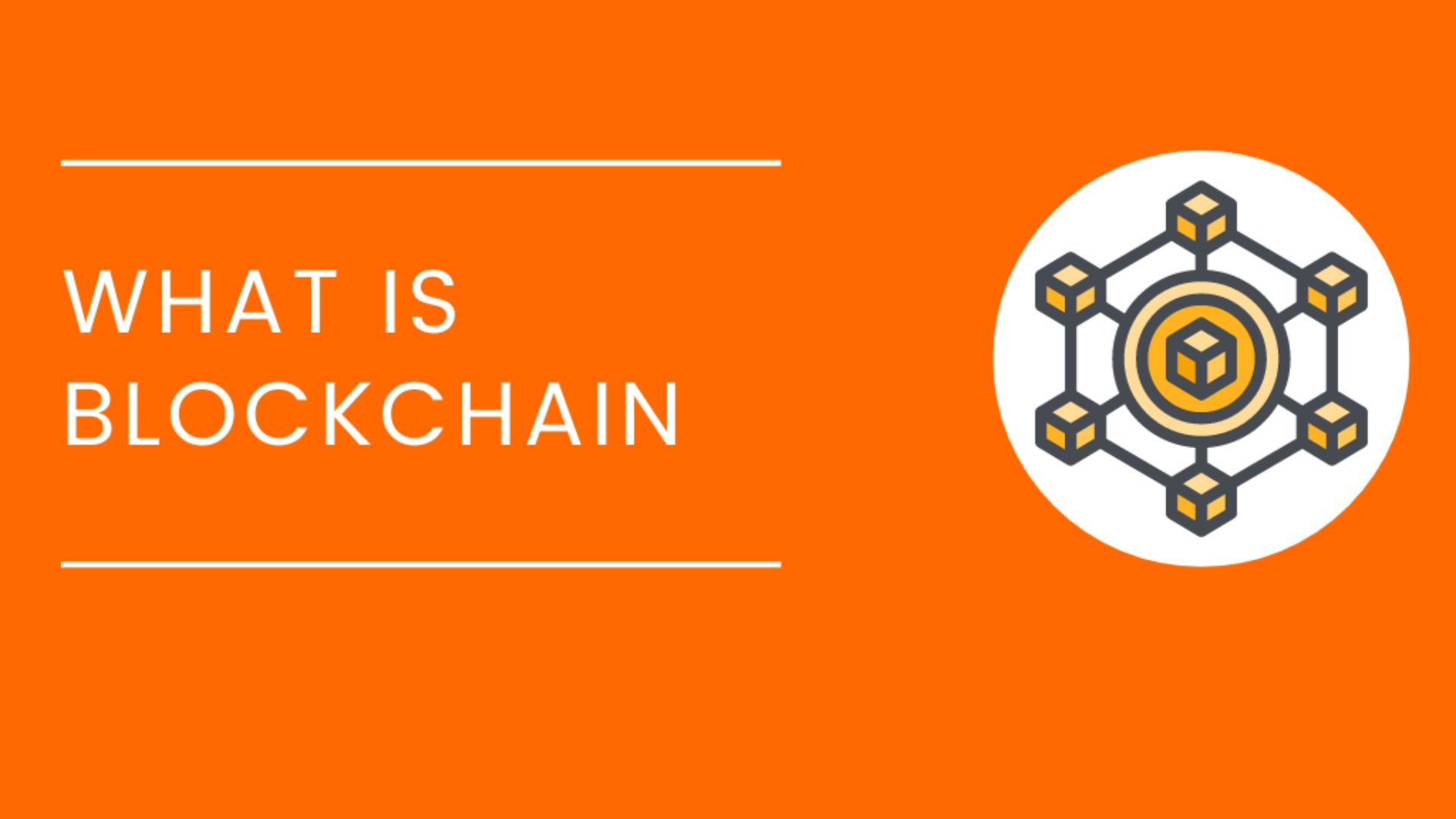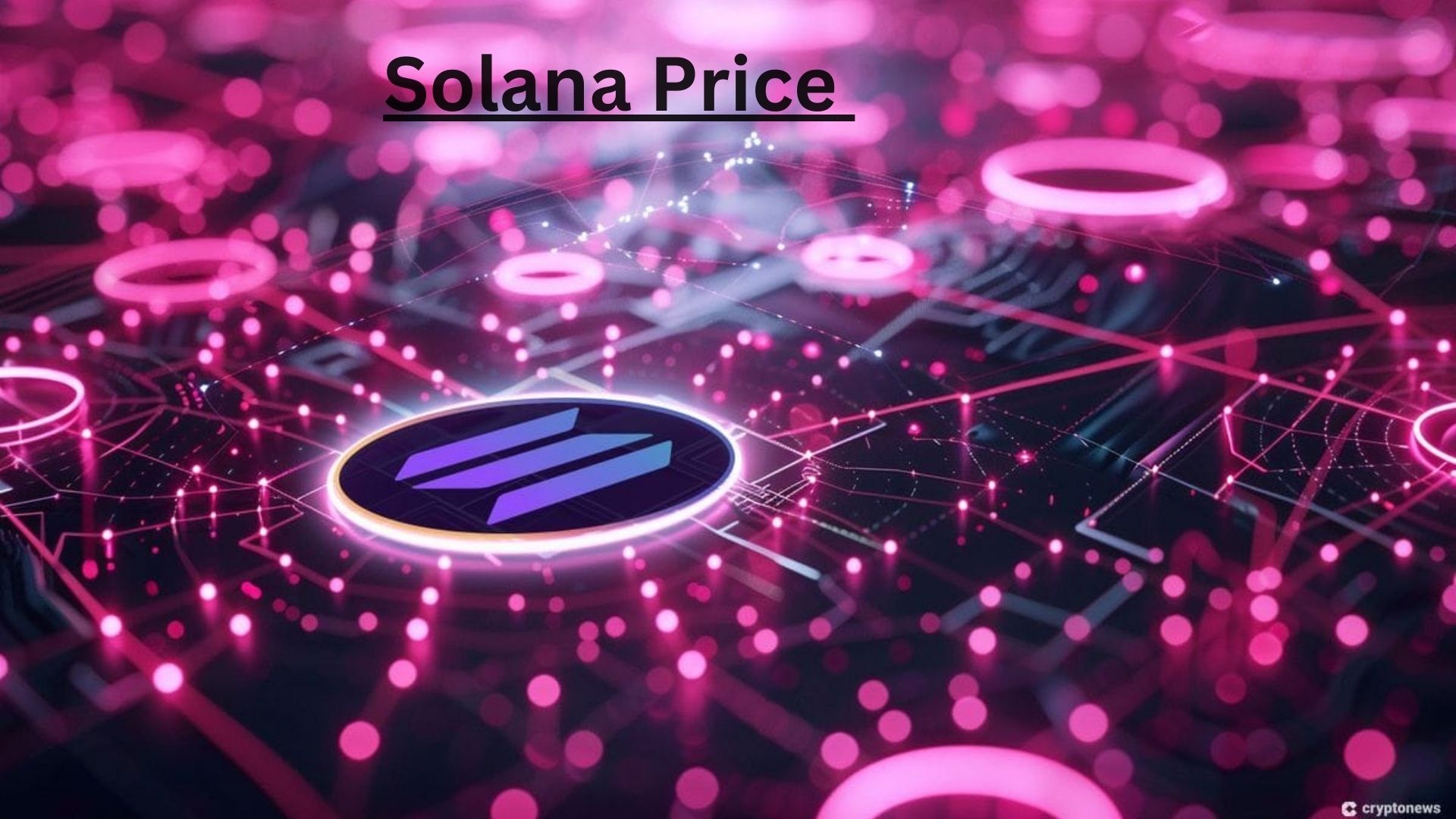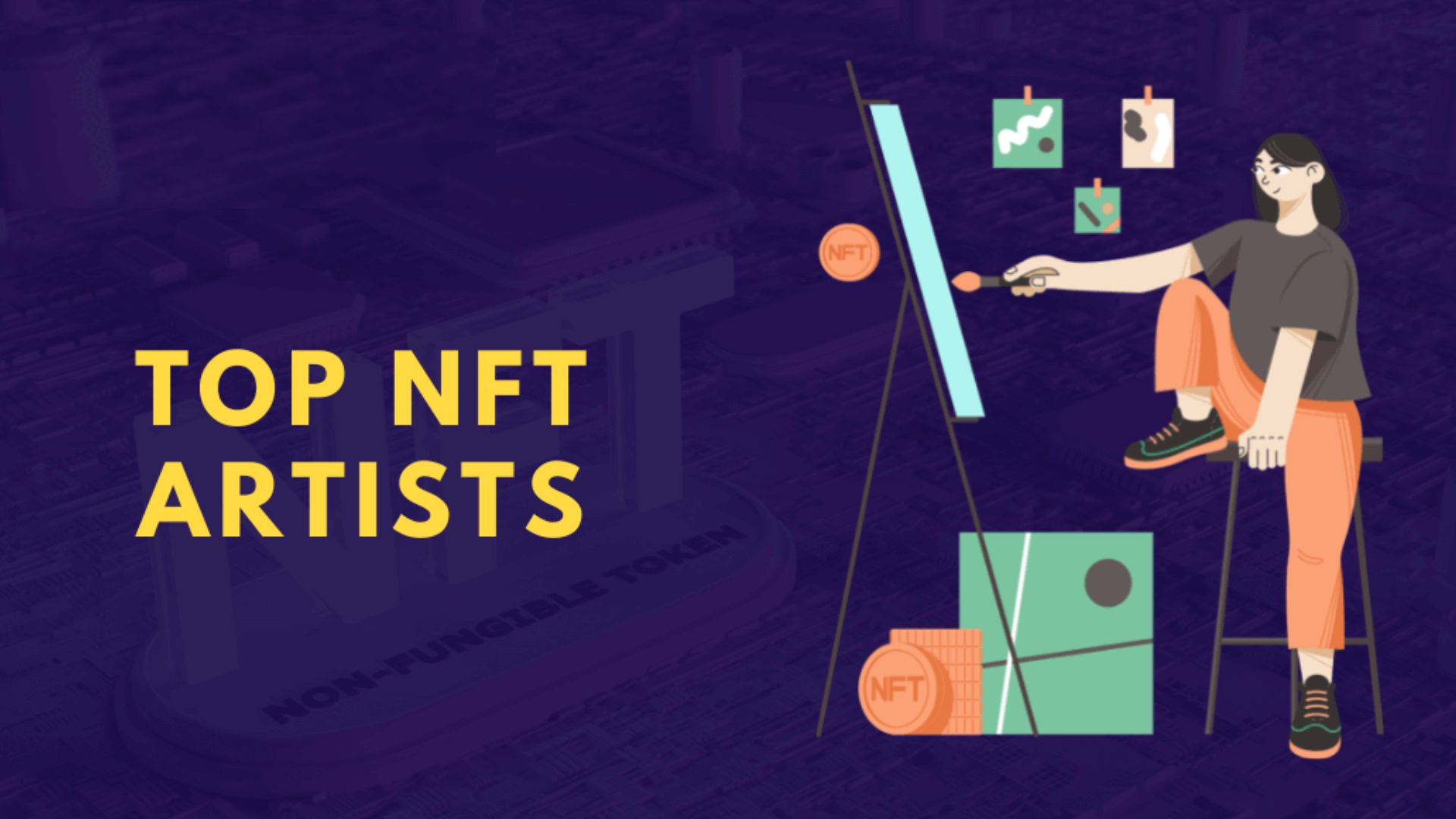Utility NFTs: The Future of NFTs
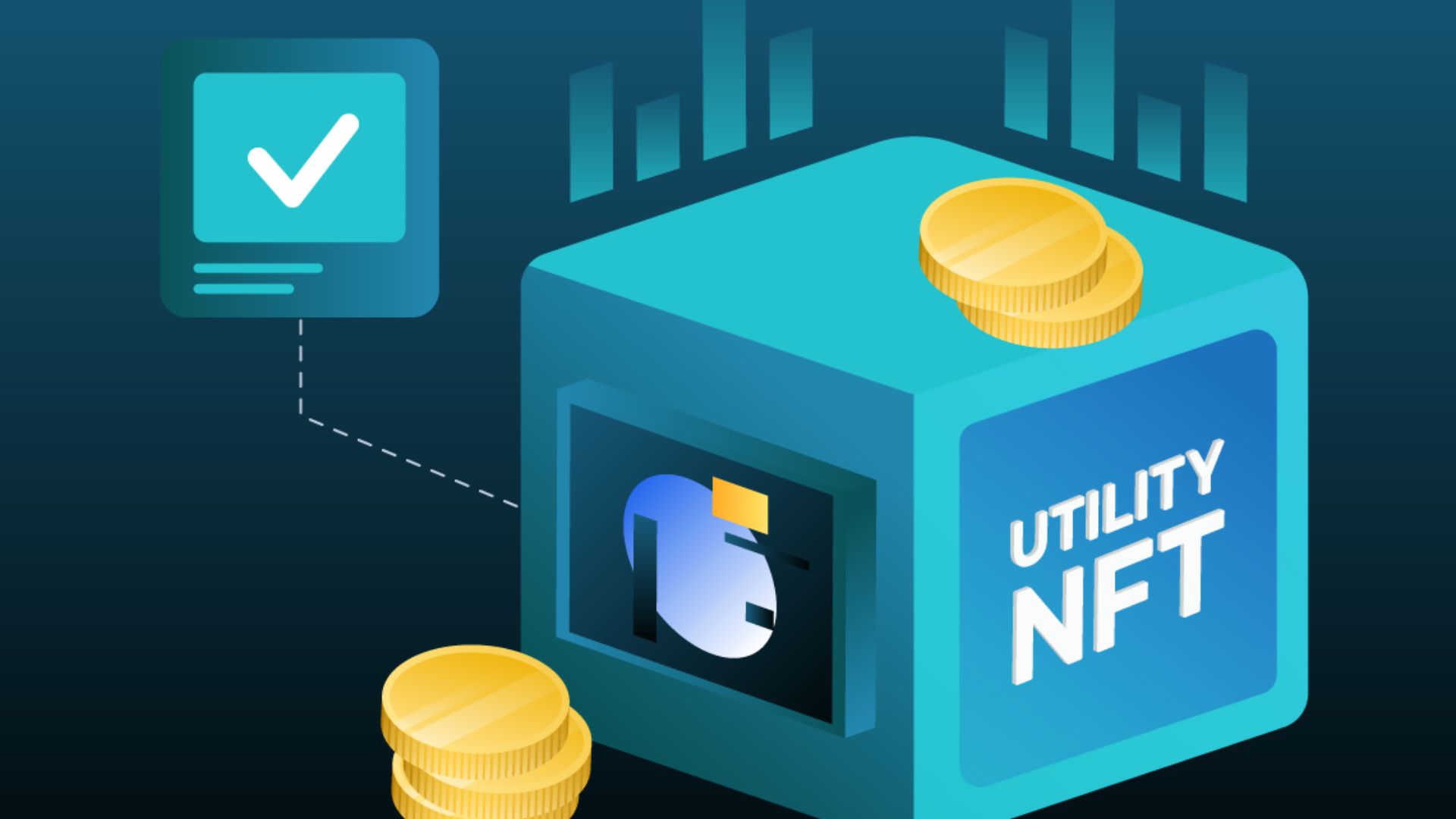
Utility NFTs: The Future of NFTs. In 2023, a 70 million dollar art sale brought the trend of non-fungible tokens to the attention of the entire IT community. Professionals in the field are debating whether utility NFTs represent a potential game-changer for the NFT industry. In 2020, NFTS generated a total of $200 million in trading volume. That same figure will increase to over $12 billion by the first quarter of 2022. Many people have started talking about the potential uses of non-fungible tokens (NFTs) because of their skyrocketing market value. The following discussion, accompanied by examples, will assist you in determining the potential utility of non-fungible tokens.
What are Utility NFTs?
When it comes to investigating practical, value-based applications of NFTs, the field is still in its infancy. Aside from serving as digital images on a blockchain, non-fungible tokens have cryptographic uniqueness and can perform other functions as well. The potential for an NFT utility token’s worth to alter our work, social, and recreational lives goes far beyond the realm of traditional investment.
Utility NFTs, according to the most basic explanation, are non-fungible tokens that have uses beyond just representing distinct digital assets. Among the most notable characteristics of high-utility NFTs is the ability to provide owners with benefits, incentives, or rights that they would not ordinarily have access to. Assume for the sake of argument that the following is a basic example of a utility NFT.
Envision yourself in charge of a concert with 800 paper tickets and 800 available spots. When it comes to the ticket number, every one of them is distinct and original. Every one of the tickets is valid for admission to the event. NFT utility ideas could imply the proposal to issue 800 NFTs instead of 800 paper tickets. Every NFT would be one-of-a-kind, but they would all serve the same purpose: entry to the event.
Working of Utility NFTs
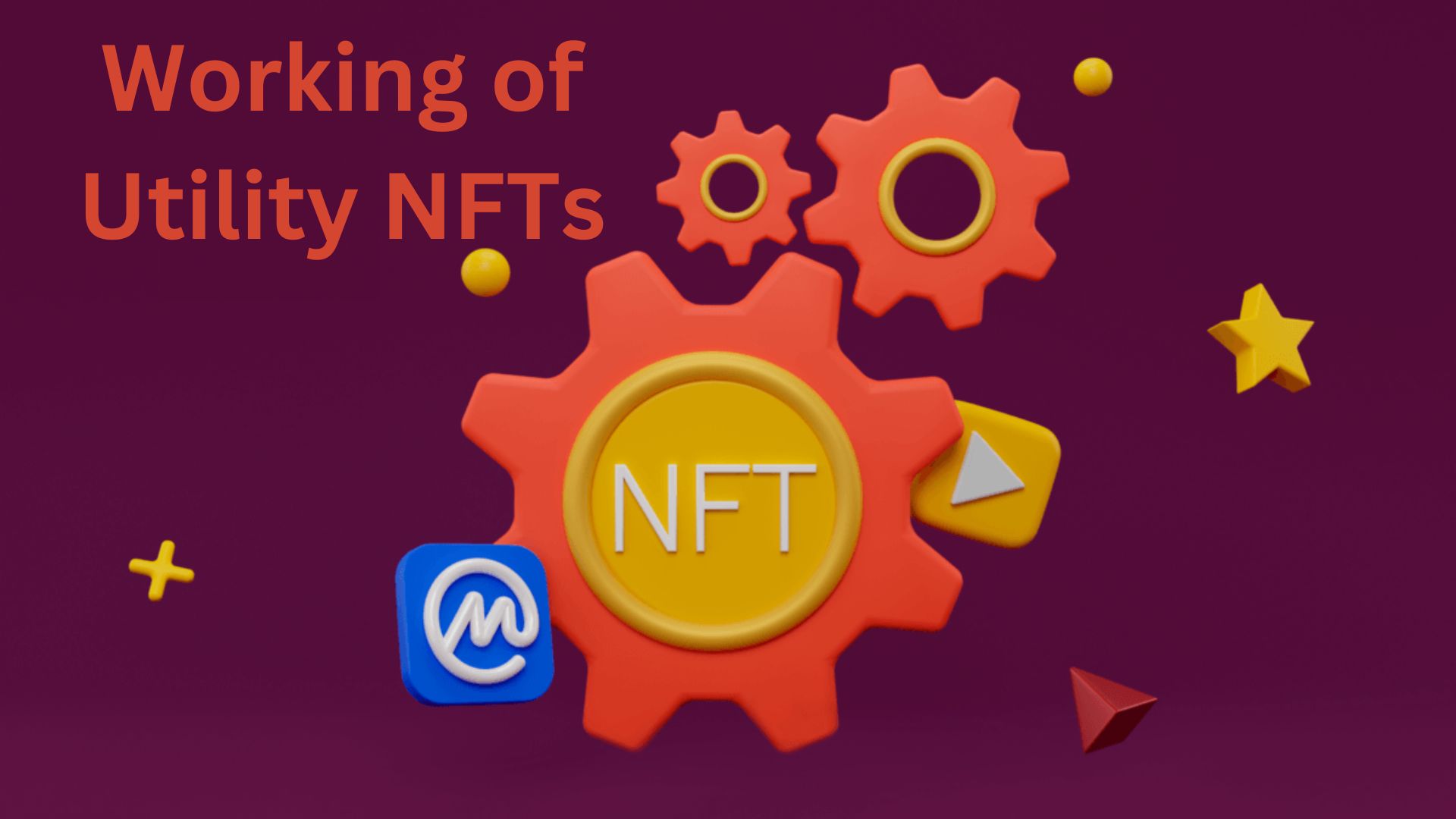
Understanding the functionality of utility non-fungible tokens is an apparent concern for anyone looking into utility NFT projects. Utility NFTs appear to function similarly to normal NFTs according to the technical specifications. Like regular NFTs, utility NFTs are cryptographically secure and exist as distinct digital assets on the blockchain. Furthermore, NFT owners can benefit from blockchain technology’s openness and immutability when it comes to authenticating the provenance of their NFTs.
How to Convert Standard NFTs to Utility NFTs?
In a talk about utility non-fungible tokens, the most eye-catching point would be to talk about how to make regular NFTs more useful. A lot of you probably want to know how to make an NFT more useful for something specific. Reforms in the use of the technology, rather than improvements in the technology itself, are more important in the approach to introducing utility in non-fungible tokens. To get a feel for how to give non-fungible tokens some use, consider a basic example of a utility token in the music industry. March 2021 saw the release of Kings of Leon’s album as an NFT collection.
While providing many utility NFT variations in the album, the band also utilized conventional platforms like iTunes and Spotify. A limited edition vinyl copy can be obtained by redeeming the NFT that came with the record, which features digital artwork and music download options. Among the many NFT variants included with the record was one that allowed for front-row seating at Kings of Leon performances. Surprisingly, the NFT music record made close to $2 million upon its debut.
Customers’ perceptions of the value of non-fungible tokens were reimagined when a music album integrated them in a novel way. You can see how utility NFTs contributed to giving customers more than simply an album. Fans of the music, who are the intended users of these utility NFTs, can exchange them for physical vinyl records of the album. The finest seats in the house at a band concert are only one example of the exclusive perks available to owners of music utility NFTs. A compelling argument in favor of utility non-fungible tokens can be made by looking at the Kings of Leon album release as a series of NFTs.
Special Highlight of Utility NFTs
The topic of how the utility of non-fungible tokens may change in the future is central to discussions on NFTs. To counter this, keep in mind that the promotion of utility is subtle. Indeed, numerous actors in the realms of both business and popular culture have taken advantage of NFTs’ practicality.
An interesting thing about utility NFT projects is that many of them have become useful after they were initially released. One collection of NFTs that was launched without a clear purpose is the Boring Ape Yacht Club. Many different applications have found a home for BAYC NFTs throughout the years, including token sales for exclusive events and rewards for the ability to mint fresh NFTs.
The fact that non-fungible tokens have applications outside of the realm of visual art is the key feature of utility NFTs. You can’t possibly think that NFTs will still be a way to show off your awesome collection when you look into the future. The potential for non-fungible tokens to be useful in several industries has become abundantly visible, even though they are still in their early phases.
Applications of Utility NFTs
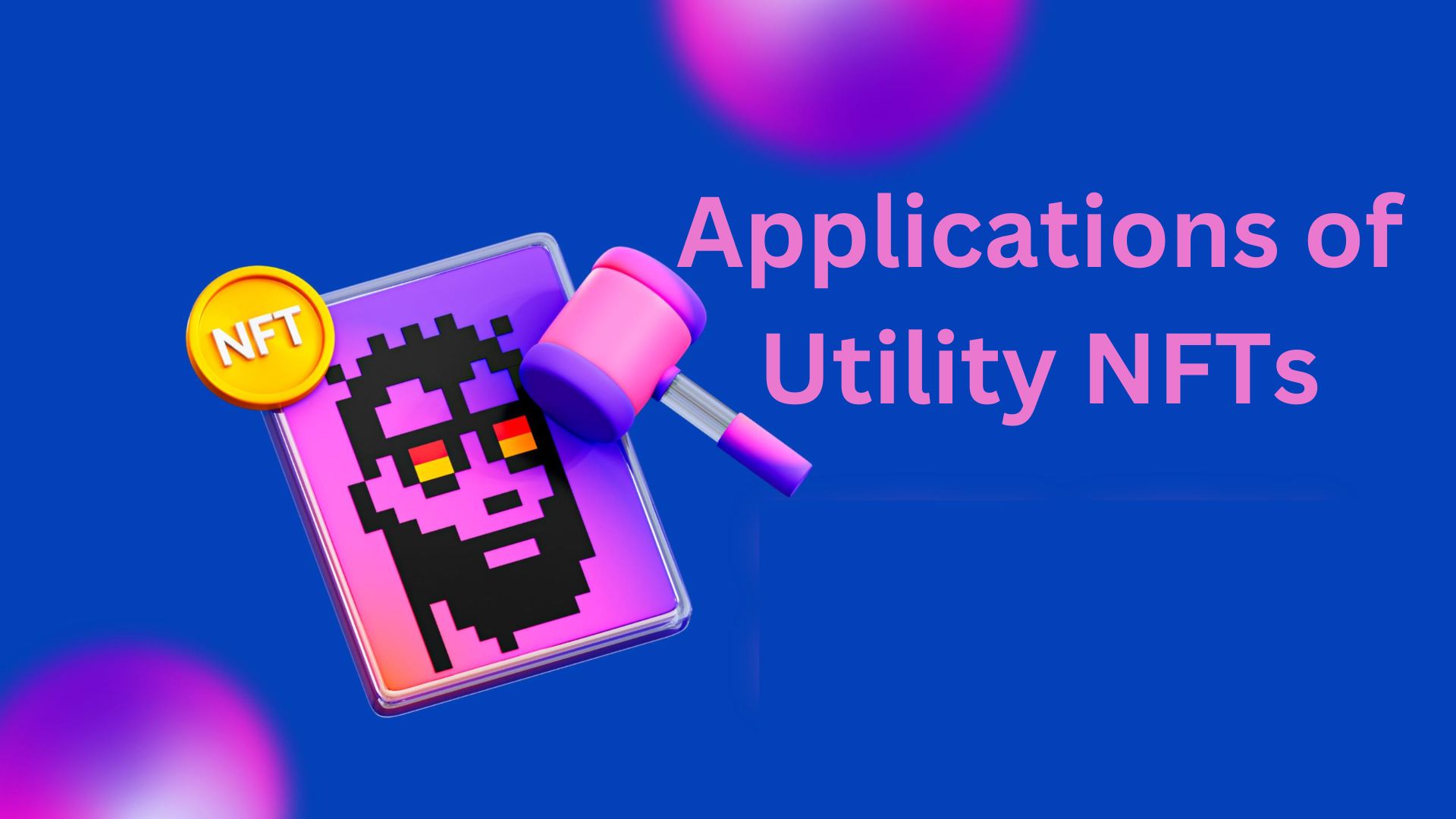
When it comes to non-fungible tokens, the future of usefulness is heavily influenced by their usage. A number of prominent industries are beginning to consider the possibility of incorporating non-fungible tokens into their operations.
Gaming
The gaming industry is at the forefront of research into how to make NFTs useful; the metaverse and play-to-earn games are only two examples of how NFT applications fit right in with the gaming domain. A new way to own in-game assets and collectibles is showcased by gaming NFTs like play-to-earn games. As you can see, Axie Infinity is one of the top games when it comes to NFTs.
Virtual Real Estate
The proliferation of virtual worlds has driven up demand for virtual property. The idea of virtual real estate has been introduced by several notable metaverse projects, like Sandbox and Decentraland, with different use cases. One of the most talked-about NFT utility concepts is virtual real estate, which has a wide range of potential applications, including advertising and the creation of new experiences within virtual environments. When used with land deed data, NFT applications can also function as representations of physical properties in real estate.
Social Spaces
Future NFT utility applications would also aid in ensuring safe access to exclusive social venues and communities. Access non-fungible tokens are a new type of NFT utility token that has the potential to provide instantaneous access to both online and offline communities and information. For instance, the Bored Ape Yacht Club’s utility token is a prime illustration of a collection of non-fungible tokens. A unique yacht club membership is available with the utility token.
Gaining access to some private areas within the Bored Ape Yacht Club community is one perk of being a member. Take the Mutant Apes Yacht Club as an example; they have some interesting and unique takes on their Bored Apes. An additional bonus of membership is the opportunity to use the shared art area and join the Boring Ape Kennel Club, where you can get pups for your Boring Apes.
Fashion
Another factor propelling the shift towards digital fashion is the development of web3 and the metaverse. With the potential for NFT usefulness to improve, virtual fashion shows and special shopping experiences could become a reality. Avatar clothing in video games is just the start of the many uses for non-fungible tokens in the fashion business.
Examples of Utility NFTs
The potential for implementing utility NFTs in many businesses is not constrained to just a handful. Companies will be able to discover more and more methods to employ NFTs as the market for them develops. Also, make a mental note of whether any utility NFT initiatives are active right now. Is utility NFT just a fallacy? The following instances adequately answer the question.
Crypto Baristas
The “complete caffeine experience” is at the heart of Crypto Baristas, a group of NFTs. Crypto Barista NFT holders may be eligible for sales and discounts at participating online retailers and in-development cafes.
VeeFriends
Gary Vaynerchuk has introduced the VeeFriends NFT line. The NFT collection serves a practical purpose in that its holders can utilize them as conference tickets at VeeCon. Aside from that, VeeFriends has collectibles with various benefits, like Gary’s coaching sessions.
GainForest
Among utility NFT projects, GainForest is the next intriguing entrance. Using blockchain technology to protect rainforests is the main aim of this worldwide non-profit organization established in Switzerland. Contributors to GainForest have the opportunity to acquire NFTs that symbolize the precise locations of the forests. The owners may be able to mint governance tokens and monitor the forest’s health with the use of NFTs.
Conclusion
It will be quite some time before utility NFT development matures into a powerful disruptive force. Proof that NFTs are more than just beautiful art and collectibles is shown by the concept of utility in non-fungible tokens. Also, rather than focusing on technological changes, the principles for making non-fungible tokens more useful emphasize new ways of thinking about and implementing their use.
When utility non-fungible tokens find more and more uses, the utility potential of NFTs will grow. A few examples of things that NFTs can replace are loyalty cards, health insurance IDs, and season tickets. Advertisers can use NFTs to their advantage by giving owners discounts. In a similar vein, non-fungible tokens provide new utility exploration opportunities for a wide range of sectors.
